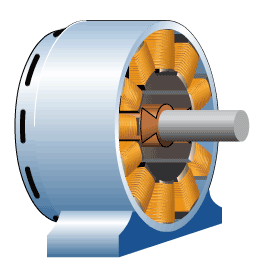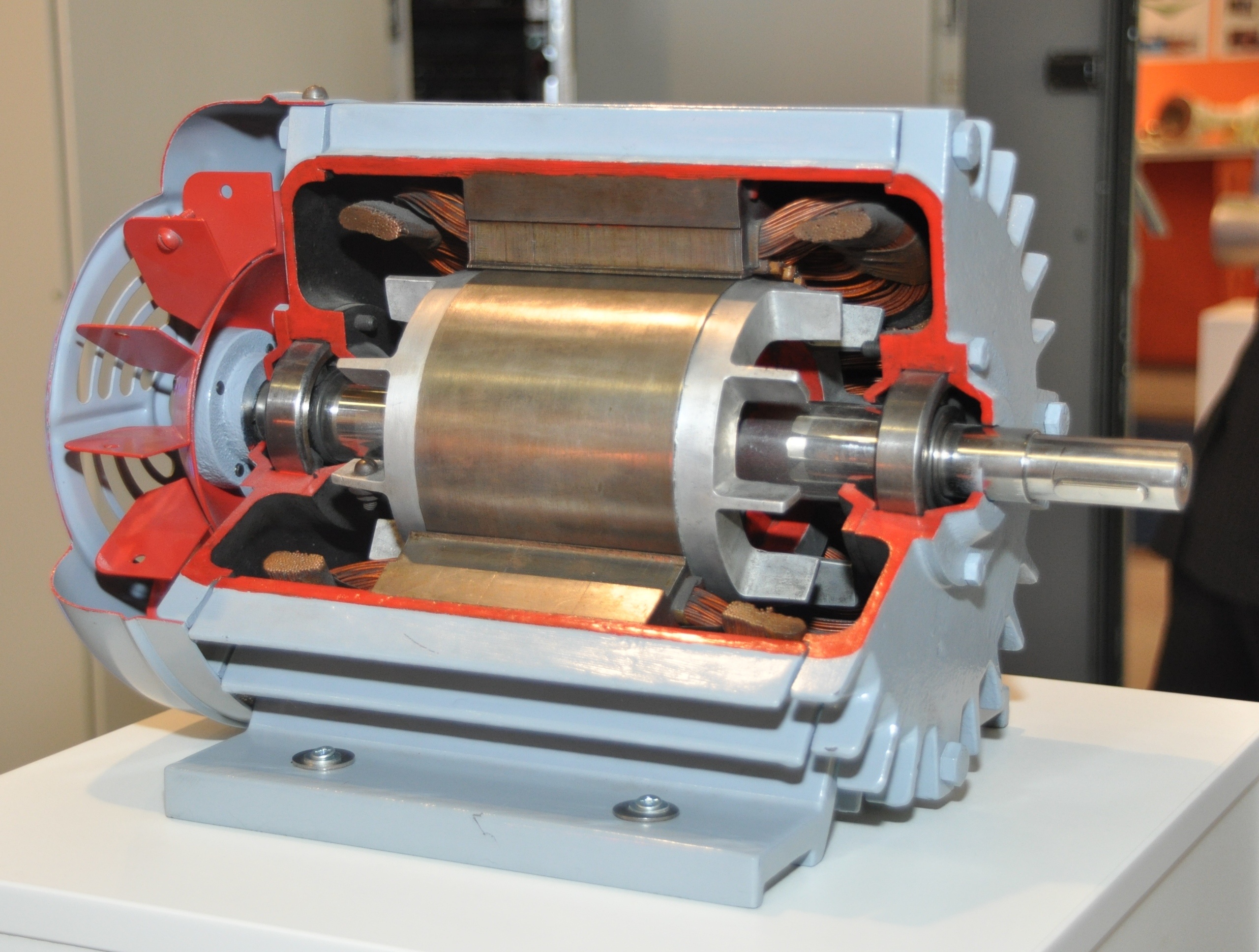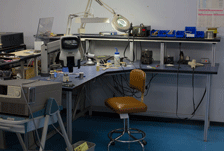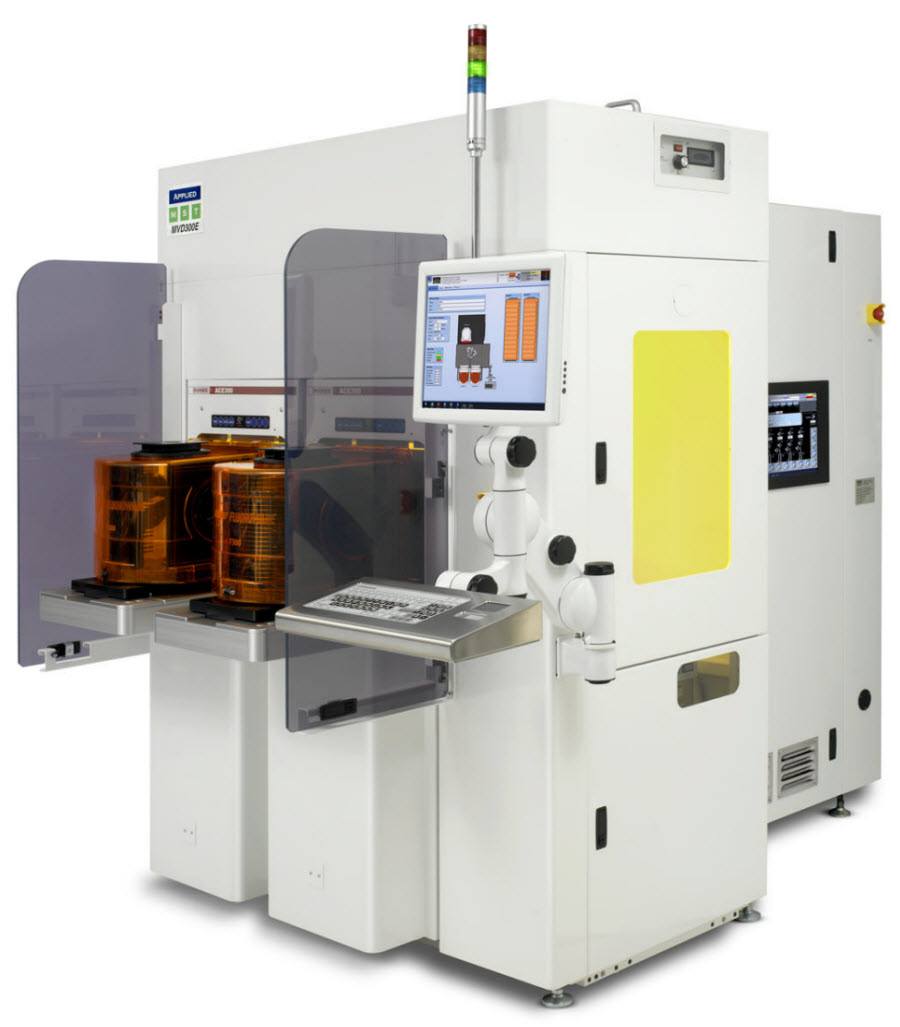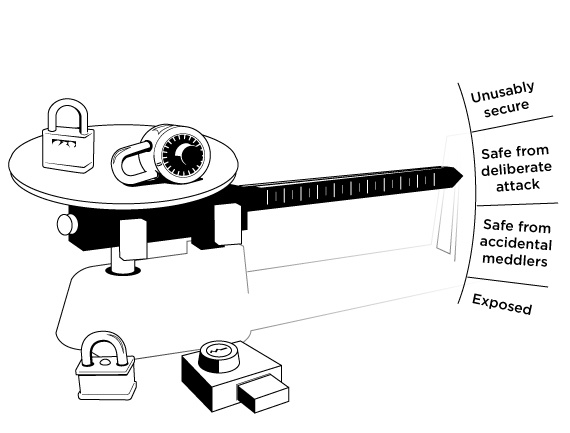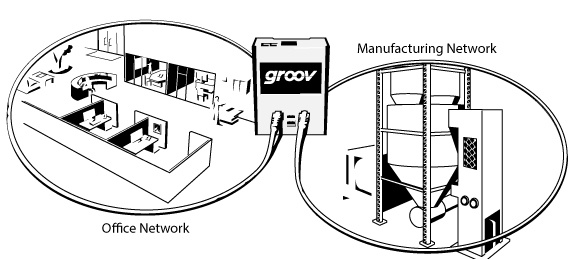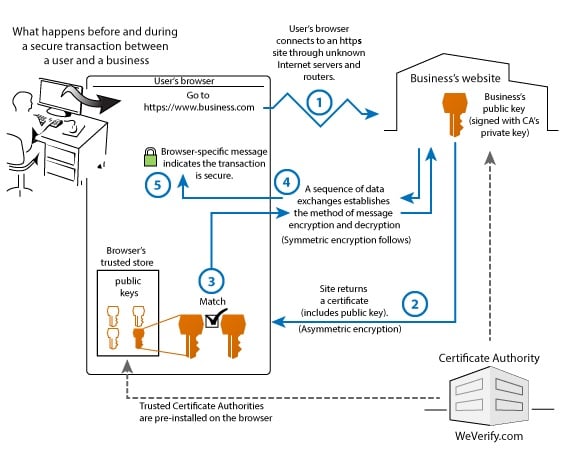In one of our previous blog posts we talked about AC motors, the workhorse of modern industrial automation. We learned how they use magnets, electromagnets, and magnetic fields to generate huge amounts of torque to run our industrial processes.
To understand how modern motor control works, let’s take a closer look at how a 3-phase AC induction motor works.
Read More
Topics:
Process control,
Discrete control,
Electronics,
PACs
This is the first post in a series of upcoming posts on Industrial Automation 101 topics.
These posts are geared towards people new to the industry who are looking for basic information on how some of the gear in the industrial automation field works, when to use it, and maybe even how to troubleshoot it here and there.
Read More
Topics:
Process control,
Discrete control,
Electronics
For this tech tip we go to a recent blog post that takes a good look at the basic tools you need if you're a technician, an electrician, or a maker.
From oscilloscope to pliers to power supplies, these are the tools we find essential.
Get suggestions on what quality you need, what features to look for, and where to buy them, new or used.
Read More
Topics:
Electronics,
Tips,
optonews,
OptoNews 2017-01-18
How do you control coatings on a device the width of a human hair?
In today's world, ultra-tiny micro electromechanical systems (MEMS) provide key capabilities in phones, cars, drones, and medical sensors, just to name a few places.
Read More
Topics:
Case studies,
Process control,
Electronics,
Machine builder,
optonews,
PACs,
OEM,
Integrators,
OptoNews 2016-06-22
Sinking or Sourcing?
Let’s take a quick look at the topic of sinking and sourcing outputs.
Where did the difference come from, and where does it matter in automation?
Quick answer: you often have to choose the correct module because the device you are wiring requires either a sink or source. For example, if you have a prebuilt electrical cabinet, it may be wired using a common positive or a common negative method. Thus you HAVE to choose the correct digital output module for the way the panel is wired.
Read More
Topics:
PLCs,
Electronics,
Tips,
IoT,
Machine builder,
OEM,
I/O
50 or 60 Hertz - Roughly.
Measure the main power grid frequency, he said. It will be fun, he said…. Actually, pretty sure I said something like, “it will be easy”... and I was mostly right, and best of all, it did turn out to be fun!
It seemed like both a reasonable and easy request. The requirements were to measure the mains power grid frequency to a resolution of 0.01 Hertz, and to do it every 125 milliseconds (roughly; it could be a max of 200 milliseconds, but not much longer).
Why? In this case, the chase is better than the catch. It's enough to say the customer had his reasons, and this blog is about the chase.
Read More
Topics:
Energy management,
Process control,
groov,
Internet of Things,
Remote monitoring,
Electronics,
Tips,
IoT,
OEM,
I/O
Star Struck:
From a young age I have been looking up at night. Not sure exactly when I fell in love with astronomy, but I can recall looking up at the stars every chance I got as a kid.
I have ebbed and flowed with the amount of time and equipment I have had to spend on the hobby. In Australia I had a fully enclosed fiberglass domed observatory, which I chose to not ship over when my family moved to The States, but the desire to look up has not gone away.
Only the constellations at the horizon can be seen in both hemispheres, and even those look upside down compared to what I used to see. So I wanted to get something up and running fast here that would allow me some time to get my bearings in the sky and to share my new stars with my mates back in Australia via my personal website.
In this week's blog, I would like to share what astronomy tools I currently have set up, thanks to some Opto 22 hardware and groov.
Read More
Topics:
Videos,
Process control,
Discrete control,
groov,
Internet of Things,
Remote monitoring,
Electronics,
Tips,
IoT,
PACs
Layers of security:
I wish there were, but there just isn’t.... There is no one device, hardware, or software that is the single defense for all known and future network attack vectors—including the one critical weakness: humans. You know, some thing or device that you could simply put at your network's front door and have it reject all the bad guys, but allow the friendlies in without question. Secure and easy is still a wish.
The solution then really comes down to layers. Adding layers that each will take a lot of time and a lot of effort to peel back, so much so that most attackers simply give up and move on.
The past few blog posts have talked about some of those layers, so let's now put it all together and see just how we might go about building a very robust mobile-accessible industrial automation network.
Read More
Topics:
Process control,
Discrete control,
groov,
Internet of Things,
PLCs,
Remote monitoring,
Electronics,
Tips,
IoT,
Machine builder,
PACs,
OEM,
Integrators,
Networking
Tale of two LANs
Would you like to view critical plant status from anywhere on the Internet?
Are you worried that if you connect your automation network to your company’s IT network (which is likely connected to the Internet), the wrong people could access your control system? Or that traffic like YouTube might impact your automation network throughput?
Would you like to get an email or text message alerting you to an out-of-band condition, but since your automation network is not linked to the IT department email server, you can’t set anything like that up?
There are a lot of advantages and only a few disadvantages to segmenting your IT (Information Technology) network from your OT (Operational Technology, in other words your controls) networks. While there are a few different ways to segment networks, in this blog we are going to look at separating them using one of two Opto 22 products: SNAP PAC Controllers and groov.
Read More
Topics:
Process control,
groov,
Internet of Things,
Electronics,
IoT,
Machine builder,
PACs,
Networking
Two keys for secure communications:
What are SSL/TLS and HTTPS? You may have heard them being used on the Internet, and you have more than likely used them when logging into your bank, but what are they?
Is there anything you need to do to use these secure protocols?
What goes on "behind the curtain" in your web browser when you use them?
In this week's blog we are going to continue the theme of network security by taking a close look at SSL/TLS and HTTPS.
Read More
Topics:
Discrete control,
groov,
Internet of Things,
Remote monitoring,
Electronics,
Tips,
IoT,
Machine builder,
Integrators,
Networking

